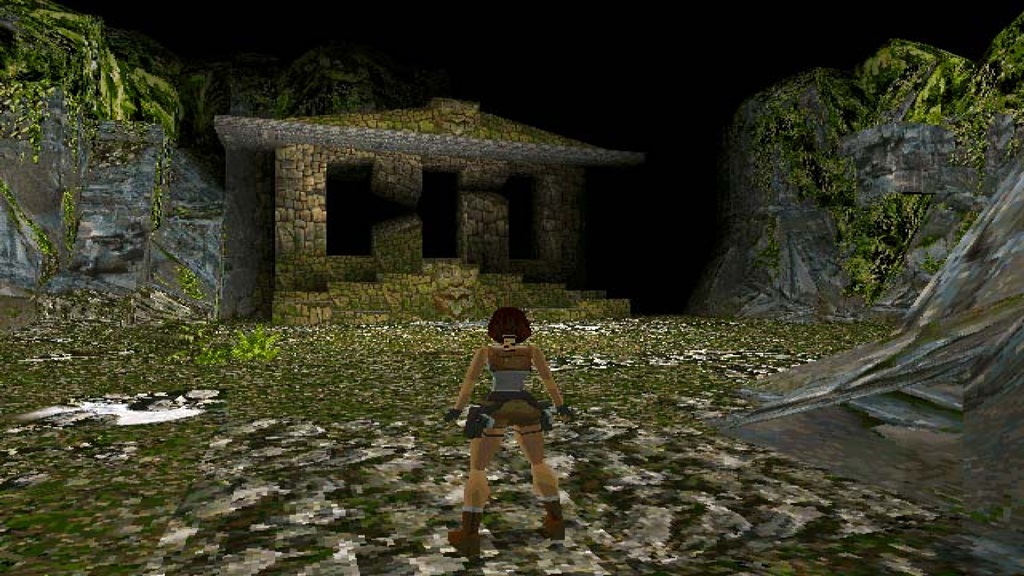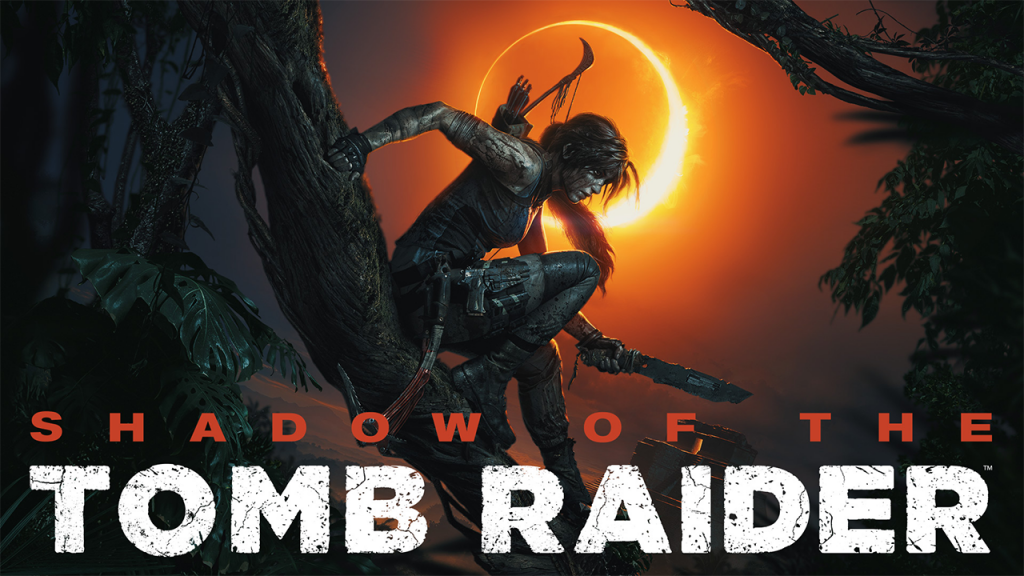The New 'Tomb Raider' Game is Out - Lara Croft Has Come Since Her 1996 Debut

The newest game in the franchise, "Shadow of the Tomb Raider," comes out for the PC, PlayStation 4, and Xbox One on Tuesday. Here's how Croft and "Tomb Raider" have evolved over the decades since her grand debut.
"Tomb Raider" (1996) — Lara Croft's first appearance

The success of the original "Tomb Raider" in 1996 can be credited to the fact that it really showed off the power of the Sony PlayStation and Sega Saturn consoles, which were released worldwide just a year earlier.
Lara and her environment were rendered in full 3D with an orchestrated score, helping create an atmosphere way beyond what was possible with earlier technology.
The game got a sequel in each of the next four years, with "Tomb Raider II" dropping in 1997, "Tomb Raider III: Adventures of Lara Croft" releasing in 1998, "Tomb Raider: The Last Revelation" coming out in 1999, and "Tomb Raider Chronicles" following in 2000. Lara's look didn't change much over that time — the graphics got a little sharper, but Lara stayed the same.
"Tomb Raider: Angel of Darkness" (2003) — A misstep for the franchise
Released in June 2003, "Tomb Raider: Angel of Darkness" was the sixth game in the main "Tomb Raider" series, and it marked Lara's first appearance on the PlayStation 2.
By 2003, the aesthetics that had set the "Tomb Raider" franchise apart from other series had become fairly commonplace, and cut scenes and cinematic action had become par for the course.
"Tomb Raider: Legend" (2006) — Lara goes back to basics

The Crystal Dynamics team delivered three Tomb Raider games from 2006 to 2008: "Tomb Raider: Legend," "Tomb Raider: Anniversary" (a remake of the original), and "Tomb Raider: Underworld."
Those games helped restore the reputation of the series and took steps toward creating a more sustainable image of Lara as a character. While she was still featured in her signature shorts and crop top, her figure was adjusted to better match the proportions of real women, and she was given more of a personality.
"Tomb Raider" (2013) — A reimagined Lara Croft is the biggest change yet
2013's "Tomb Raider" brought the series back to square one, introducing a new generation of gamers to a young Lara Croft on her first adventure.
Along with the familiar exploration and puzzle gameplay elements of, the reboot placed a strong emphasis on Lara's survival instincts, and the story focuses on how the harsh remote island environment helps Lara evolve from a survivor into a warrior. fixings of a modern triple-A action title, investing heavily in cinematic storytelling and providing a full island to traverse and explore, rather than a series of cramped tombs. With the shift toward more action, the game focused largely on combat, giving Lara dozens of ways to dispose of her enemies, both stealthy and ... not.
"Shadow of the Tomb Raider" (2018) — Lara is still a survivor

With "Shadow of the Tomb Raider," which will be on physical and digital store shelves by the time you read this, Eidos Montreal closes out the trilogy of the latest reboot by diving deep into the mind of Lara Croft. With Lara forced to survive in the jungles of South America, the game helps bridge the gap between the vulnerable, inexperienced Lara Croft seen in the 2013 "Tomb Raider" reboot and the globe-trotting adventurer who debuted all those years ago in 1996.
Tagged with : Square Enix, Crystal Dynamics, Tomb Raider














